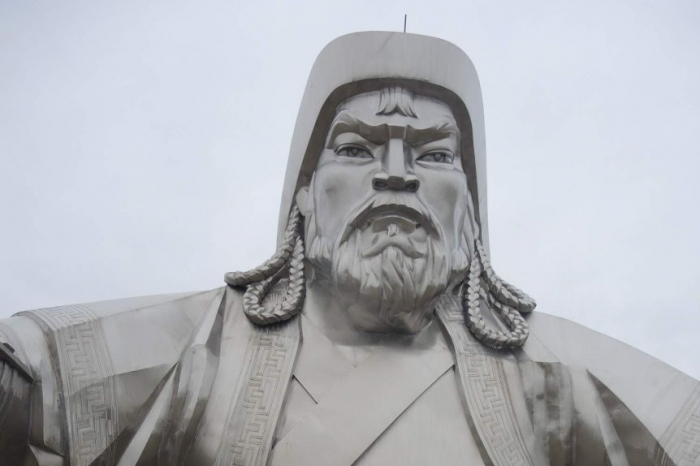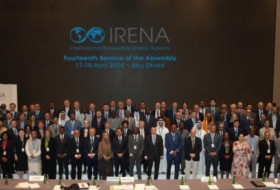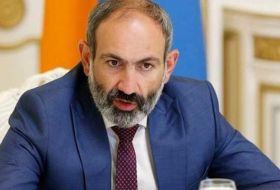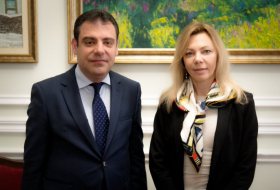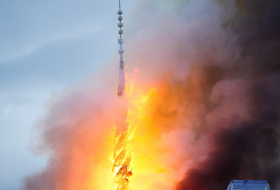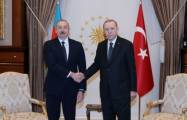Known as Chinggis Khan in Mongolia, Genghis Khan is believed to have lived between 1162 and 1227 and founded what would become the world's largest empire.
Dr Jack Fenner from the Australian National University and his team used radiocarbon dating on animal bones and teeth unearthed at the archaeological site of Avraga, which has been excavated for years by a joint Japanese and Mongolian team.
Japanese archaeologist Noriyuki Shiraishi suspected it was the site of Khan's winter camp, and Dr Fenner said his research, published in the peer-reviewed Archaeological Research in Asia, backs up the theory.
"The dating coincided very closely with Chinggis Khan's lifetime," Dr Fenner told the ABC.
But radiocarbon dates can be imprecise, giving a window of decades.
Dr Fenner said to individually radiocarbon date an artefact could be 15 to 20 years off the mark, and the date "has to be calibrated against known changes to the atmospheric concentration of carbon", which could spread the window to between 50 or 75 years.
"But what we did was take a series of radiocarbon dates from the same situation. And then we were able to use a statistical tool that allows us to project when the site as a whole — or at least the site is represented by our dates — was first occupied and then later abandoned," he said.
He said his team then weighed up the probability of locations at the site being used during Genghis Khan's time.
"It's not an exact science, but the overlap is such that it's very likely that it was first occupied during his lifetime and was abandoned either [after] or within a couple of decades [of his death]."
Dr Fenner added there was more work to be done, as archaeologists had yet to unearth any artefact with a direct link to Genghis Khan at the site.
Insight into daily life in the past
Archaeologist Dr Joshua Wright from the University of Aberdeen said "the identification of Avraga with Genghis Khan has long been accepted" and was in fact first proposed by Mongolian archaeologists in the mid-20th century.
"What is most interesting to me about the paper is its focus on diet and herding practices in Medieval Mongolia," he said.

"Herding is an important part of the modern and past economies of Mongolia and reconstructing the skills and choices of historical herders really gives us insight into daily lives of people in the past. People who, in this case, lived and worked in proximity to the rulers of the Mongol empire.
"This paper provides another piece for a complex and developing puzzle and is a welcome contribution."
William Taylor, assistant professor and curator of archaeology at the University of Colorado Museum of Natural History, said while the Mongol Empire isn't his specialty, he thought the paper contained some interesting findings.
"I think they've made quite a compelling argument that the site and the main burst of activity here, lines up very closely with what we would expect if this were fitting into the life and known trajectory of Chinggis Khan," Dr Taylor said.
"You really can never be certain of anything when you talk about the ancient past, whether it's historical or archaeological, but they've made a strong argument here that the majority of animals that died at this site died within a particular window of time."
"It's fantastic to see research projects that are integrating large radiocarbon and isotope datasets with historic records, giving us a really unique level of scientific detail into the lifeways of ancient Mongolia."
Dr Fenner said Mongolians look to Genghis Khan's legacy for his political organisation, like the way he promoted people based on merit rather than clan, and established a rule of law.
Dr Taylor said the public's enduring fascination with the Mongolian emperor comes down to the drama of a heroic or imposing hero, or anti-hero, depending on your perspective.
"A lot of the world that we live in today was dramatically shaped by the development of the Mongol Empire," he said.
abc.net.au
More about: Genghis-Khan Mongolia








